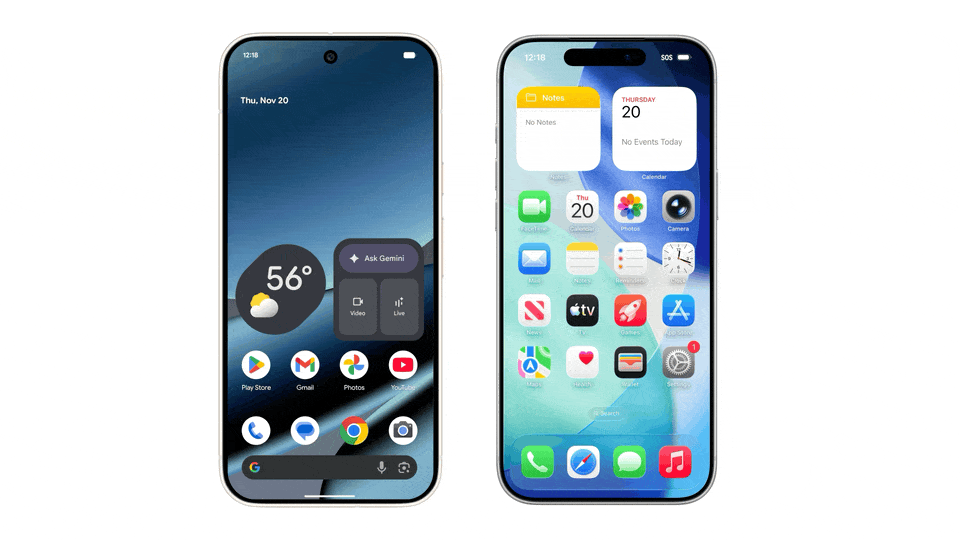For years, Android users have watched with a touch of envy as Apple’s AirDrop effortlessly shared files between iPhones and Macs. The seamless, direct connection felt like a small piece of magic. Now, that magic is beginning to extend beyond the Apple ecosystem.
Google quietly began bridging the gap earlier this year, merging its “Nearby Share” with Samsung’s “Quick Share” to create a robust peer-to-peer sharing system for Android. But the real breakthrough has just arrived: the ability to share directly with iPhones using AirDrop.
Initially rolling out to Pixel 10 devices, this new functionality allows Android phones to connect directly to iPhones, bypassing the need for cloud services or cumbersome workarounds. Photos, videos, links, and contacts can now flow freely between the two dominant mobile platforms.

The key to this interoperability lies in AirDrop’s “Everyone for 10 minutes” setting. To enable sharing, iPhone users will need to temporarily open their AirDrop settings and allow visibility to all devices for a short period. It’s a slight inconvenience, but a significant step forward.
Google is adamant that this isn’t a hack or a security risk. All data is transmitted directly between devices, never touching a server, ensuring a private and secure transfer. They’ve even dedicated a page to detailing the security measures in place.
However, the current implementation isn’t perfect. The “Everyone” setting is less private than AirDrop’s usual “Contacts Only” mode. Google has expressed a desire to collaborate with Apple to enable the more secure option, but the likelihood of Apple’s cooperation remains uncertain.
In fact, some speculate that Apple might actively work to disable this compatibility through future software updates. Regulatory pressure may ultimately be needed to force broader, more open file transfer capabilities. For now, Android and iPhone users should savor this newfound connection while it lasts.
This isn’t just about convenience; it’s about breaking down the walled gardens that have long defined the mobile landscape. It’s a small victory for users, and a signal that even the biggest tech companies are beginning to recognize the value of interoperability.






